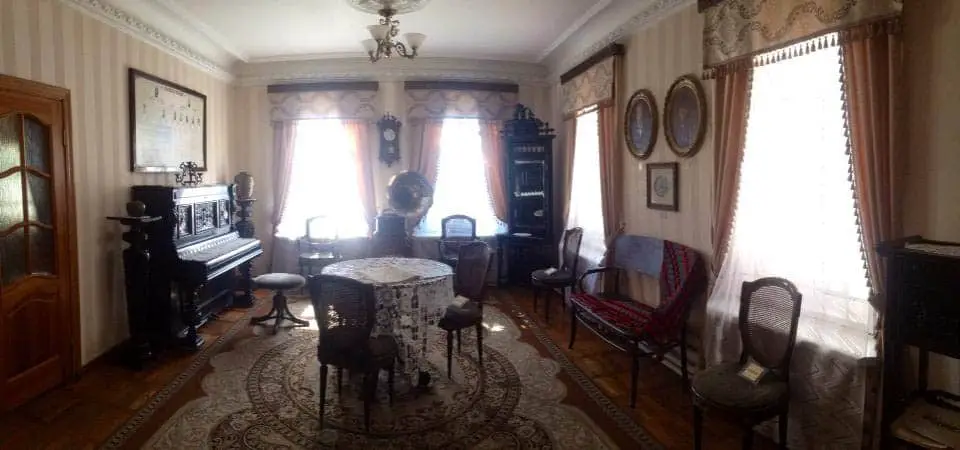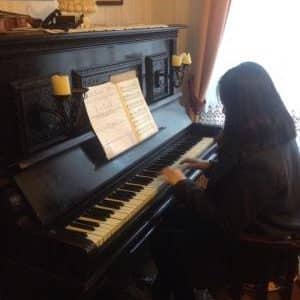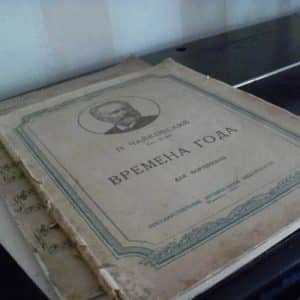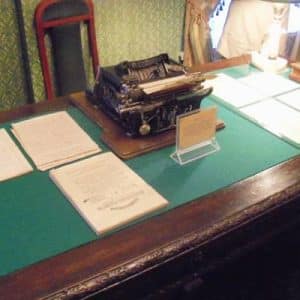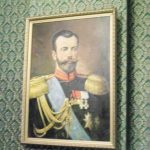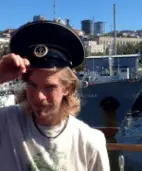Like any good traveler, after booking my flight to Vladivostok, I set off to the library to do a little bit of research on the city in which I was about to spend the next nine months. Not expecting to find much, I was yet still underwhelmed. My university’s library database turned up a small handful of history books, the majority of which focused on the role of the city during the revolution. Of this modest collection, one item stood out for its exceptionally recent date of publication and unique perspective. Admittedly, reading Letters from Vladivostok 1894-1930, the epistolary depiction of the city through the perceptual lens of one of the original American pioneers in this far-eastern outpost, Eleanor Pray, was probably not the best way to prepare myself for this quickly modernizing international port in the year 2014. However, upon arriving, I found the impressions her depictions had left upon me were perhaps not as irrelevant as I may have thought, Vladivostok being a city proud of its uniquely rich historical composition.
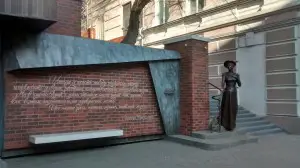
To really know Vladivostok, especially from a local perspective, you need to know at least a bit about the history and the people who made the city what it is today. For this reason , I decided to go to The House-Museum of Sukhanov, conveniently located two bus stops from the university towards the city center.
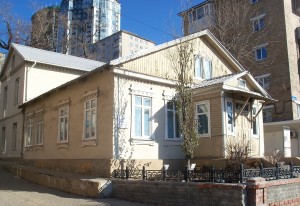
The former residence of the Sukhanov family is now a museum which sits diminutively overshadowed between taller, more recently constructed buildings on a busy street on the edge of downtown proper, seemingly out of place and insignificant. However, a careful look around will reveal the importance of the Sukhanov family to Vladivostok. The house in honor of Aleksander Vasilievich Sukhanov itself faces the busy Sukhanov Street and not a block away is Sukhanov Square (Сквер имени Суханова), adorned with a monument (памятник) in honor of his son, Konstantin Aleksandrovish Sukhanov, the “first chairman of the Vladivostok city-soviet” (первый председатель Владивостокского горсовета). While his son is known for his martyrdom fighting for the establishment of Soviet power, the museum provides an insight into family life as it would have been lived under the reign of the last tsar of the Romanov dynasty, Nicholas II.

While presenting a rather unassuming outer appearance, walking through the interior of the former home is like stepping back in time as original furniture, decorative adornments and even personal items remain on display in the largely unrenovated rooms. Mosey through the entirely green-themed office of A. V. Sukhanov himself and sit at his desk while the obligatory portrait of Russia’s last tsar looks down from overhead, apparently observing Sukhanov’s work. Sit down at the piano in the opening drawing room and bang out a tune on the upright which still sounds surprisingly good. For better or for worse, the museum is surprisingly hands-on and features much interesting history not only available for appreciation from a distance, but often even physical interaction.
If you tend to fall more on the side of active than observational entertainment, the museum also offers a “master-class” (масстер-класс) course in calligraphy (чистописание). For 100 rubles, they provide a dip pen, ink and a short lesson in correctly, but more importantly, gracefully executing a given script. Upon completion, one is given a grade according to the Russian system of 1-5, a five (пятёрка) being the best and a 1 (единица) being the worst. I will none too humbly mention that my five graces my host-family’s refrigerator.
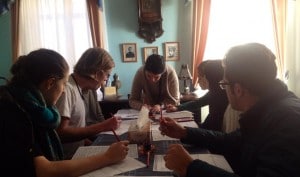
Even if history is not exactly your thing (it’s not my thing), a visit to the museum is worth the short trip from campus. It is both inexpensive and entirely bearable in duration, even inclusive of the optional and equally affordable master-class lesson. More importantly however, one gains a better understanding of the interesting path this city has trod in route to its present state. A certain recommendation to all.
The House-Museum of Sukhanov /
Дом-музей Суханова
ул. Суханова, 9
Hours: 10am-7:30pm Tuesday-Sunday;
Cost: 100 ruble tour; 100 ruble master-class


